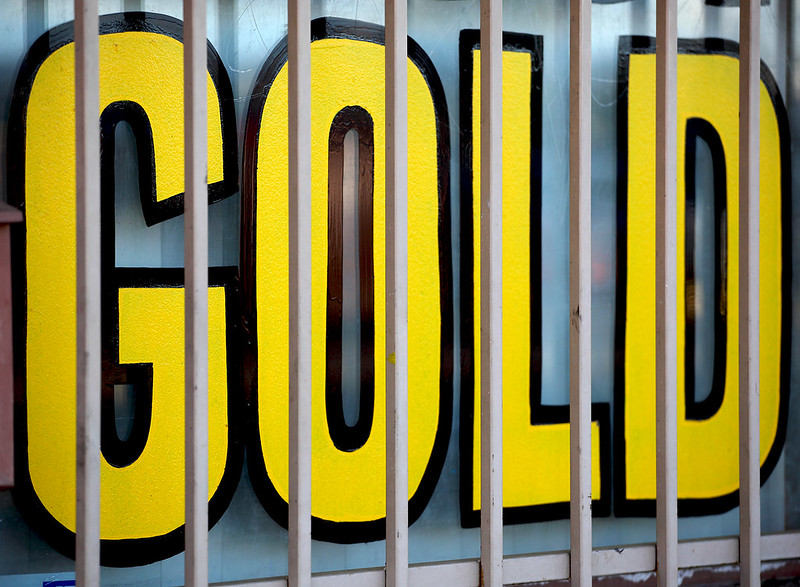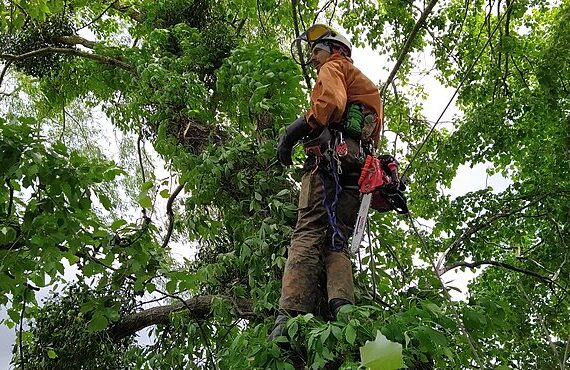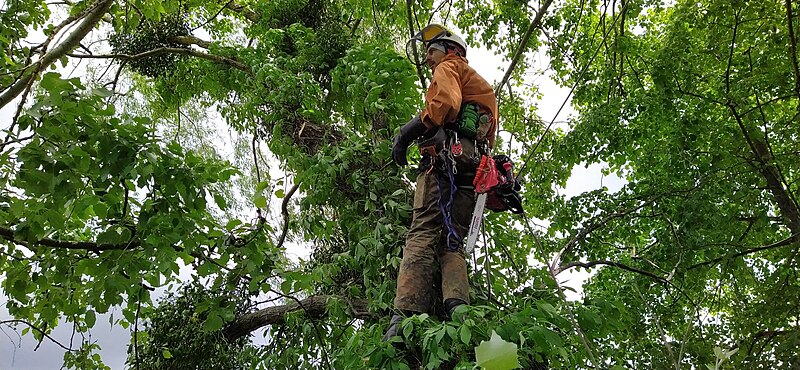Copper Gutters: Why Are They Smart, Stylish and Sustainable Investment?
When you think about gutter systems for your home, copper might not be the first material that comes to mind. However, copper gutters offer numerous benefits that make them a smart investment for homeowners looking to combine style, durability, and sustainability. Let’s dive into why they should be on your radar.
Durability That Stands the Test of Time
One of the most compelling reasons to consider copper gutters is their incredible durability. Unlike other materials, copper does not rust or corrode over time. These kind of gutters can withstand the harshest weather conditions, including heavy rain, snow, and even intense heat. This makes them an ideal choice for homes located in areas with extreme weather patterns.
Additionally, copper is naturally resistant to the growth of mold, mildew, and algae. These common issues that can plague other types of gutters do not affect copper, which means that your gutters will require less maintenance and cleaning. This longevity is a major selling point, as copper gutters can last well beyond the typical lifespan of other gutter materials like aluminum or vinyl.
Investing in copper gutters means you are choosing a material that doesn’t just look great but will also protect your home for many years. Since they last longer, homeowners can enjoy peace of mind knowing they won’t need to replace their gutters frequently.

Copper Gutters Boosting Curb Appeal with Timeless Elegance
While copper gutters are practical, they are also incredibly stylish. Copper adds a touch of timeless elegance to your home that few other materials can match. Over time, copper develops a natural patina, a greenish-blue finish that enhances its beauty. This transformation gives your home an attractive, rustic look that is perfect for homeowners who appreciate classic style.
Whether your home has a traditional, contemporary, or even rustic design, copper gutters complement almost any architectural style. The rich, warm color of freshly installed gutters adds instant curb appeal. As the gutters age and develop their signature patina, they continue to evolve in beauty, adding a unique, weathered charm that is impossible to replicate.
The aesthetic benefits of copper gutters extend beyond the gutters themselves. Their high-end appearance can elevate the entire look of your home, potentially increasing its market value. Buyers often recognize the quality and durability of copper, making your home stand out in a competitive market.
Copper Gutters are Environmentally Friendly and Cost-Effective
In today’s world, many homeowners are looking for sustainable options when upgrading their homes. Copper gutters tick all the right boxes. Copper is a 100% recyclable material, which means you are making an environmentally responsible choice by selecting this type of gutter. Unlike other materials, such as aluminum, which often end up in landfills after use, they can be recycled without losing their integrity or quality.
Moreover, they save you money in the long run. While their initial cost may be higher than other types of gutters, the long-term savings are undeniable. Due to their durability, copper gutters require less maintenance and fewer repairs, which helps you save on upkeep costs. Since they last longer than most other gutters, you won’t need to replace them as often, further reducing your overall expenditure.
In addition to saving money on repairs and replacements, they also contribute to your home’s energy efficiency. By effectively channeling water away from your home, they help prevent erosion, foundation issues, and water damage, which can all lead to costly repairs down the line.
These type of gutters offer a perfect blend of style, strength, and sustainability. The durability of copper ensures that your gutters will withstand the test of time, while their unique patina provides unmatched beauty that only improves with age. Not only do they enhance the curb appeal of your home, but they also offer long-term cost savings and environmental benefits.
If you’re looking for a gutter system that is as practical as it is beautiful, copper is a smart investment. Its combination of longevity, aesthetic appeal, and eco-friendliness makes copper gutters a top choice for homeowners who want to protect their homes and the planet while adding a touch of sophistication to their property.





